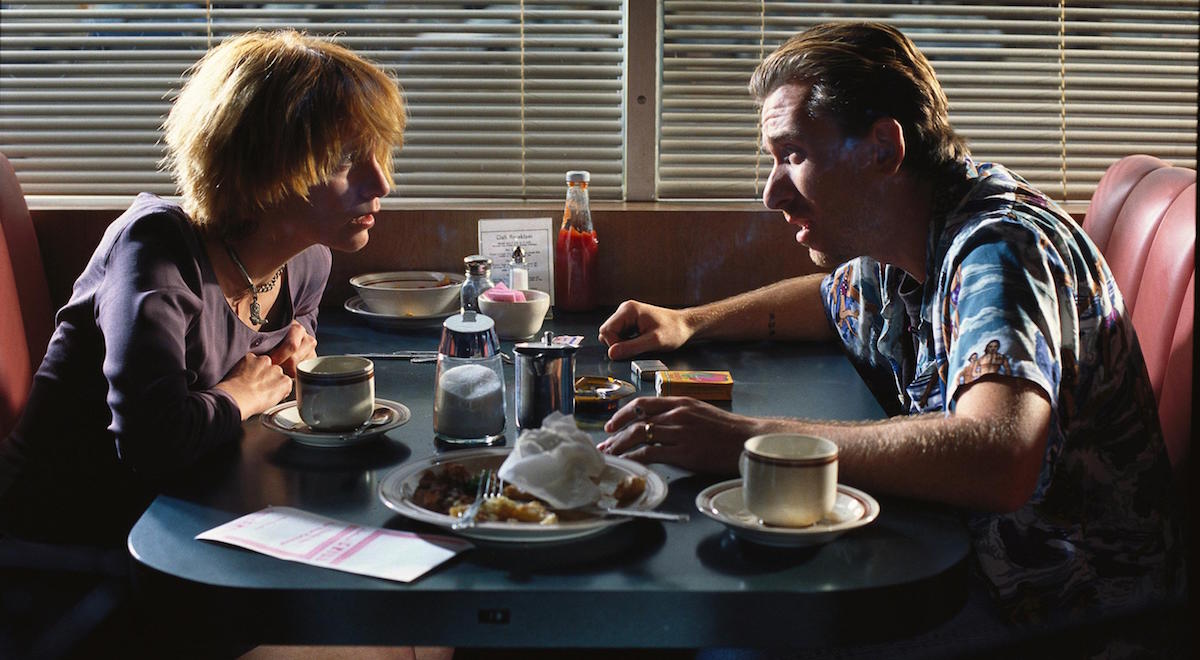The following scenario is one that every writer knows all too well. You have an idea for a script, you plan out your beats, you open Final Draft and then…you don’t know how to start.
I don’t want to scare you, but that opening scene is crucial. I’m going to share a bit of truth about the harsh realities of the screenwriting industry. Ninety percent of the people who read your script, do not want to be reading it. It’s their job, and your script is most likely the tenth one they’ve had in front of them that day.
Allow me to share a personal story surrounding this. Before I began ghostwriting full time, I was an assistant at a talent agency here in Los Angeles. One of my main responsibilities was providing script coverage so my boss, the head of the theatrical department, could see if the project was worth submitting to.
I would read script after script every single day, and as much as I love screenwriting, it got exhausting. If I didn’t like a script within the first couple of pages, I would subconsciously check out as I continued to read. However, when a script had a strong opening, something that really pulled me in, I would be inclined to spend more time with it, which would almost always lead to me recommending it to my boss, the person whose opinion actually mattered. All this to say, you have to pull the audience in right away, or else you risk losing their attention.
How do we go about doing this? What makes a good opening? I’m gonna share some tips, and examples, on what I personally think makes a good opener.
1). ESTABLISH TONE
I cannot tell you how many times I’ve been reading a script and have thought “Wait…is this supposed to be like a comedy? What is this?” because the tone was so unclear. Set your tone right away! If this is a horror movie, show us that! A comedy? Make me laugh!
If you read my post about the types of conflict used in storytelling, you’ll know that I used the movie Scream as an example of Person vs. Person conflict. I so badly want to use it again, because it is truly a masterclass on opening scenes, but I am committed to keeping things fresh! So, I will use its ulta hilarious parody film, Scary Movie, instead.
Like I said, the opening to Scream is iconic for establishing the film’s tone. If you haven’t seen it, go watch it right now. So, it only makes sense that Scary Movie does the same.
The opening scene consists of Carmen Electra getting attacked by Ghostface, but making comically dumb decisions which ultimately lead to her death. I mean, she literally tries to use a banana to defend herself, that’s how silly we’re talking. The entire sequence pokes fun at Drew Barrymore’s character in Scream, who meets a similar fate.
This is an amazing example of setting tone right away. Anyone who is familiar with Scream will know that it's being made fun of, and because of how farcical it is, we know just the type of humor we’re going to be getting for the next ninety minutes. In short, the opening scene tells us what this movie is all about in just a few minutes. It’s brilliant, not to mention hilarious! Take note if you’re writing a comedy, make the opening scene one of the funniest in the entire film.
2). INTRODUCE THE PROTAGONIST
This is another method used in opening sequences that can be really effective. As I’ve mentioned in other posts, the protagonist is the person the audience will follow for a majority of the film, so we want to get to know them immediately, see what makes them tick, who this person is, and what they’re all about. The sooner we do this, the more we care about them, and want to keep reading or watching their story.
I recently rewatched Bo Burnham’s film Eighth Grade, and the opening scene does an amazing job of introducing us to the lead, Kayla.
The film starts with Kayla making a vlog for her Youtube channel. She puts on this persona of a confident girl who has it all together. However, she then asks her audience if they could share her videos, because they’re not getting any views, hinting at the fact that she may not be as popular as she leads on. This is confirmed in the scene that immediately follows, which consists of shots of Kayla in school, sitting by herself, a social outcast.
In the first five minutes we know everything we need to know about Kayla. She’s a teenager who suffers from social anxiety, but desperately wants to break out of her shell. She’s immediately relatable to anyone who didn’t have the best experience in middle school (AKA, literally everyone) and you actually want to root for her, you want to see her succeed, and thus, you want to keep watching.
Let the audience fall in love with your protagonist right away, and you’ll definitely captivate their attention for the duration of your script!
3). HOOK US IN!
This is my personal favorite type of opener, one that will get me to read just about any script in its entirety. Starting off with a hook is a surefire way to elevate your script. What’s a hook? Big dramatic moments, surprising reveals, pretty much anything that makes the reader go “Wait, WHAT!? Oh my gosh, I have to see where this goes.”
I’m going to use a very famous example for this one, and that’s the opening of everyone’s favorite Tarantino classic Pulp Fiction.
The film opens on a couple in a diner, a ‘Bonnie and Clyde’ type. They bicker back and forth about quitting their life of crime until BAM! They pull out their guns and hold the place hostage.
Okay, so dramatic start indeed, but let’s examine why this works so well, shall we? If you’re not familiar with the film, Pulp Fiction is told out of chronological order, so immediately after the guns are drawn, the scene changes, leaving us in the dark about what happened to the innocent people at the diner.
Because it hooked me in with the robbery, then ended on a cliffhanger, I’m all in. I NEED to know what happened to these two. Do they kill everyone? Do the cops come? I need answers! And because I need answers, I’m going to continue reading. This is an amazing example of how to hook your audience within the first few pages of your script. Go big or your reader will go home.
Opening scenes can be intimidating, and yours will probably change a million times until your final draft is complete, but that’s okay! Use these tips to make life easier for you, and whoever will be reading your story. Best of luck and happy writing!


